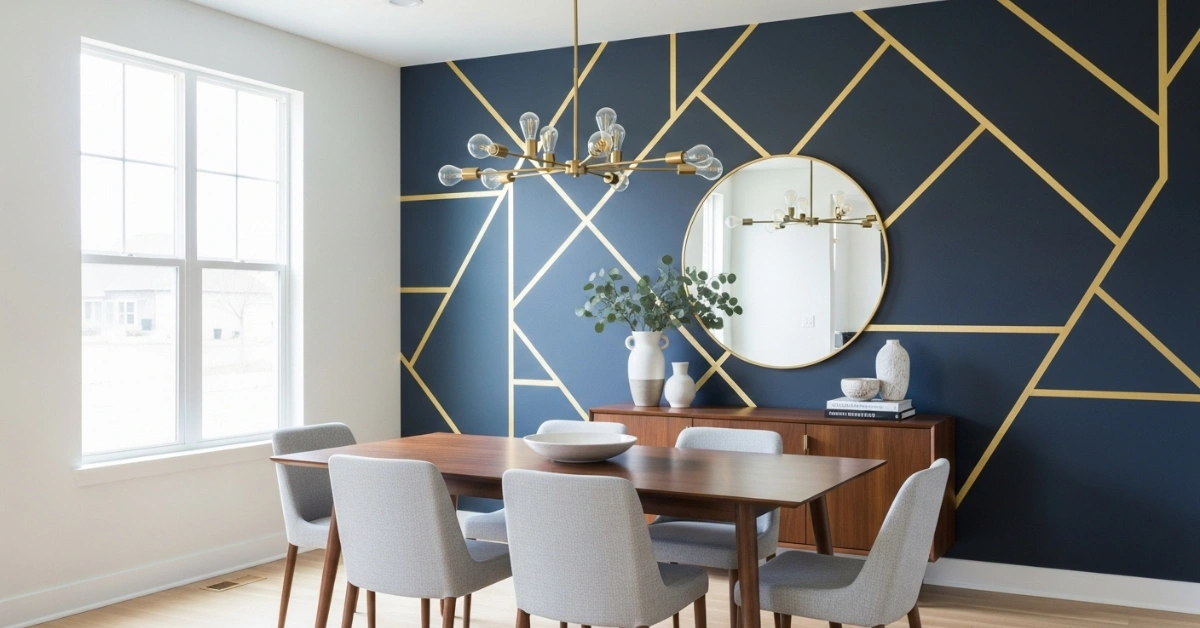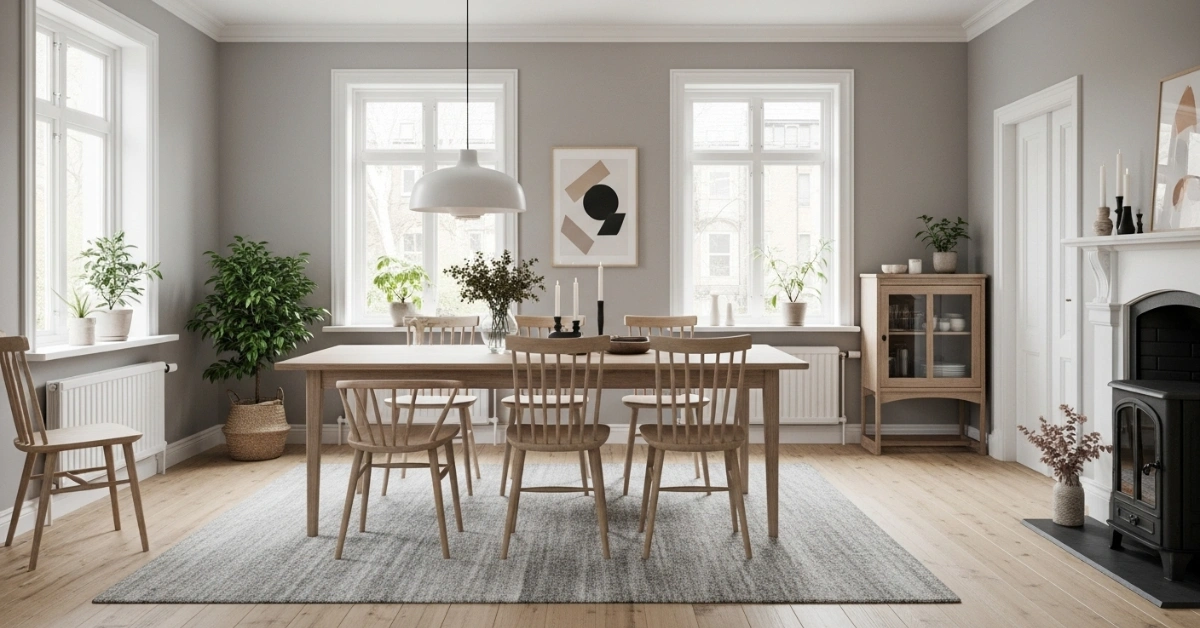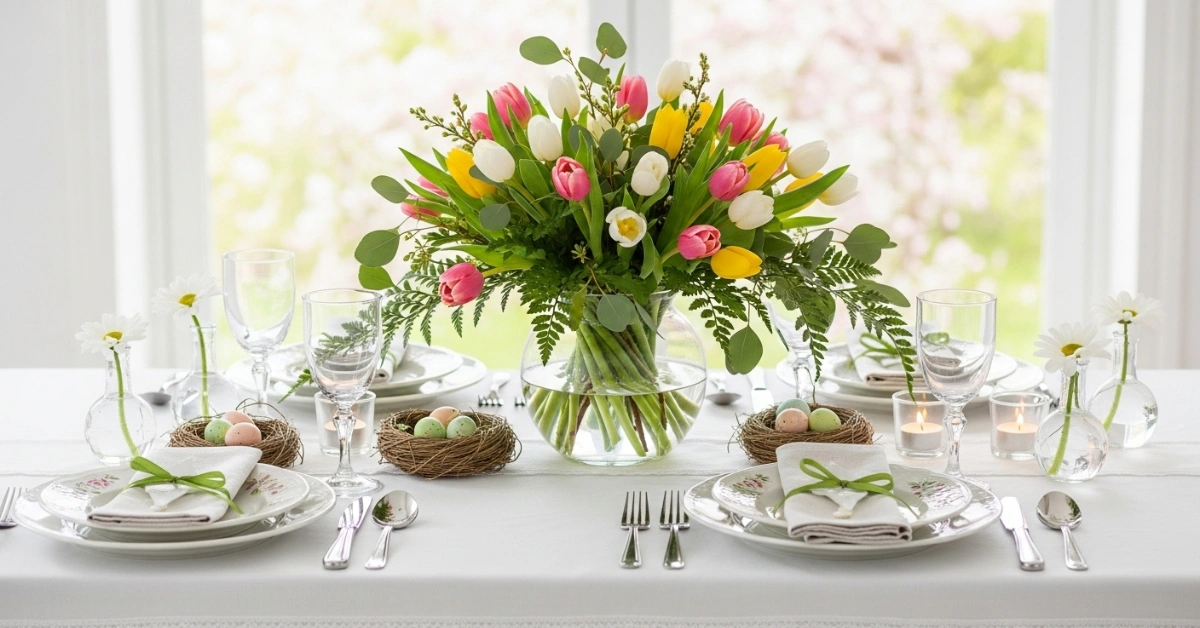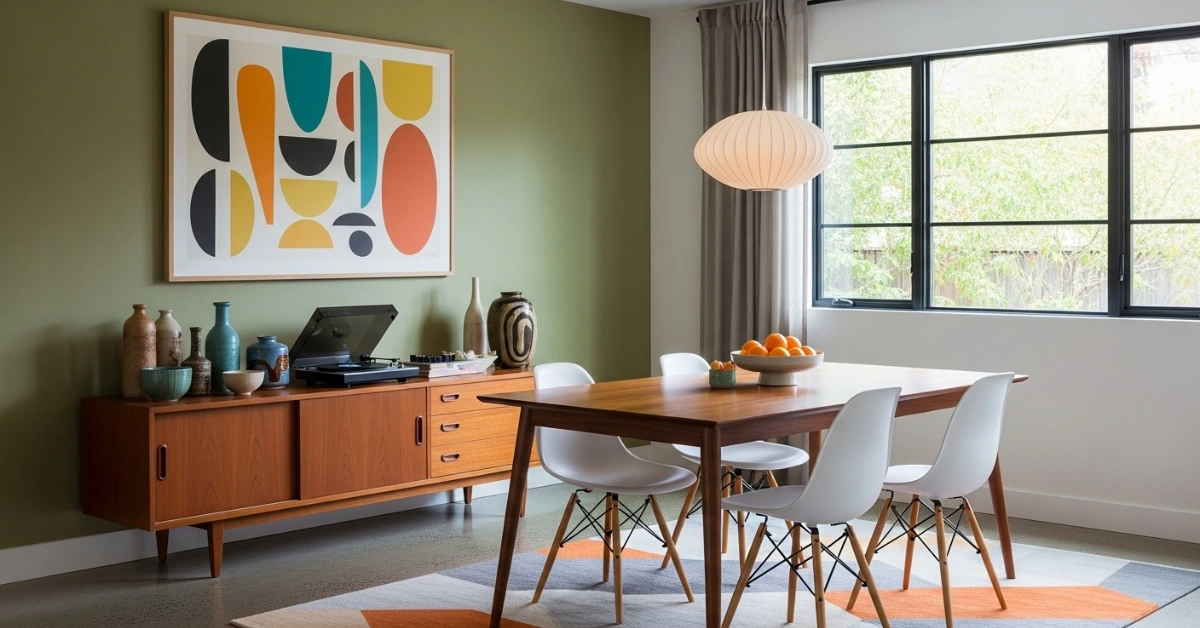14 Stunning Victorian Dining Room Ideas Which Will Inspire You

Designing a Victorian dining room can feel overwhelming. With its intricate details, rich textures, and historical charm, you might worry about balancing authenticity with modern comfort or fear the space will feel dated or cluttered. The challenge lies in capturing the grandeur of the 19th century while ensuring the room suits your lifestyle.
The good news? You don’t need to be an interior design expert to create a breathtaking Victorian dining room. This guide offers practical tips, inspiring ideas, and expert insights to help you craft a space that’s elegant, functional, and timeless. From furniture choices to color palettes, we’ll walk you through every step to bring Victorian charm to life.

What Defines a Victorian Dining Room?
The Victorian era (1837–1901) was a time of opulence, innovation, and eclectic style, named after Queen Victoria’s reign. Dining rooms from this period were designed to impress, serving as the heart of social gatherings. According to The Victoria and Albert Museum, Victorian interiors blended craftsmanship with bold aesthetics, often incorporating elements from Gothic, Rococo, and Renaissance styles.
A Victorian dining room is characterized by:
- Ornate details: Think carved wood, intricate moldings, and decorative wallpapers.
- Rich colors: Deep jewel tones like burgundy, emerald, and sapphire.
- Luxurious materials: Velvet, mahogany, and brass dominate the space.
- Eclectic influences: A mix of historical styles, reflecting the era’s global inspirations.

Interior designer Sarah Thompson shares, “A Victorian dining room is about storytelling through design. Every piece, from the chandelier to the table runner, should feel like it has a history.”
Key Elements of a Victorian Dining Room
1. Furniture: The Foundation of Elegance
Victorian dining rooms revolve around statement furniture. A large, solid wood dining table often mahogany or walnut is the centerpiece. Look for tables with carved legs or inlaid patterns for authenticity.
- Chairs: Upholstered chairs with tufted backs or carved frames add sophistication. Velvet or brocade fabrics in deep colors work best.
- Sideboards: A carved sideboard or buffet is both practical and decorative, perfect for displaying silverware or china.
- Tip: Mix modern, minimalist chairs with a traditional table for a fresh take, as seen in a recent project where a client paired sleek black chairs with a mahogany table for contrast.

2. Color Palette: Bold Yet Balanced
Victorian dining rooms embrace rich, moody hues. Popular colors include:
- Deep reds, inspired by luxurious fabrics like damask.
- Forest greens or emerald tones for a regal feel.
- Navy blues or golds for warmth and opulence.

To avoid a heavy look, balance bold walls with lighter accents, like cream trim or gold leaf detailing. Designer Emily Harper suggests, “Use a neutral rug or curtains to soften the intensity of jewel tones.”
| Color | Mood | Best Use |
|---|---|---|
| Burgundy | Warm, inviting | Walls, upholstery |
| Emerald Green | Regal, sophisticated | Accent walls, curtains |
| Gold | Luxurious, warm | Trim, fixtures |
3. Lighting: Setting the Mood
Lighting is critical in a Victorian dining room. A crystal chandelier is the quintessential choice, casting a warm glow over the table. Wall sconces with frosted glass or brass candelabras add ambiance.
- Pro Tip: Opt for dimmable lights to create a cozy, intimate atmosphere during dinners.
- Real-World Example: In a recent home renovation, a client installed a reproduction Victorian chandelier from Antique Warehouse, which transformed the room’s elegance without breaking the budget.

4. Textiles and Upholstery: Adding Texture
Textiles bring softness to the room’s grandeur. Consider:
- Curtains: Heavy drapes in velvet or silk with tassels or fringe.
- Table linens: Embroidered tablecloths or lace runners.
- Rugs: Persian or Aubusson-style rugs with intricate patterns.

Mix textures like velvet cushions with silk curtains for depth. Avoid overdoing patterns to keep the space cohesive.
Designing Your Victorian Dining Room: Step-by-Step Guide
Step 1: Plan Your Layout
Start by measuring your dining room to ensure furniture fits comfortably. A rectangular or oval table works best in traditional Victorian spaces, allowing for symmetrical arrangements.
- Small spaces: Opt for a round table to maximize flow.
- Large spaces: A long table with 8–12 chairs creates a grand effect.
- Ensure at least 36 inches of clearance around the table for easy movement.

Step 2: Choose a Focal Point
Every Victorian dining room needs a showstopper. This could be:
- A dramatic chandelier.
- A statement wallpaper with floral or damask patterns.
- An oversized mirror above the sideboard to reflect light and add depth.
Designer Mark Reynolds notes, “A bold focal point anchors the room and sets the tone for the Victorian aesthetic.”

Step 3: Incorporate Authentic Details
Victorian dining rooms thrive on details. Add:
- Crown molding: Ornate plasterwork or wood molding for elegance.
- Wallpaper: Choose patterns inspired by William Morris designs, as recommended by The National Trust.
- Decorative accents: Porcelain vases, silver candlesticks, or antique clocks.

Step 4: Balance Old and New
To keep your dining room functional, blend Victorian elements with modern touches. For example:
- Use LED bulbs in antique-style fixtures for energy efficiency.
- Incorporate smart home controls for lighting or curtains.
- Choose durable, modern fabrics that mimic Victorian textures but are easier to clean.

Inspiration: 5 Victorian Dining Room Styles
1. Gothic Revival
Inspired by medieval architecture, this style features pointed arches, ribbed vaults, and dark wood. Use black or walnut furniture with red or purple accents.

2. Rococo Romance
Rococo brings playful elegance with pastel accents and gilded details. Pair a white table with gold-trimmed chairs and a soft pink rug.

3. Eclectic Victorian
Mix global influences, like Chinoiserie vases or Indian textiles, for a worldly feel. A client recently used a Moroccan-inspired rug to add warmth to their dining room.

4. Minimalist Victorian
For a modern twist, use a single bold color (like emerald green) and keep decor sparse. Focus on one statement piece, like a chandelier.

5. Traditional Opulence
Go all-in with velvet drapes, a mahogany table, and a crystal chandelier. Add gold-framed portraits for a true 19th-century vibe.

Common Mistakes to Avoid
- Overcrowding: Too many ornate pieces can make the room feel cluttered. Stick to one or two statement items.
- Ignoring Lighting: Harsh overhead lights ruin the ambiance. Always include soft, warm lighting.
- Forgetting Functionality: Ensure the space is practical for daily use, not just aesthetics.
- Clashing Patterns: Mix patterns carefully to avoid a chaotic look.
Practical Tips for Budget-Friendly Victorian Design
Creating a Victorian dining room doesn’t have to break the bank. Try these tips:
- Shop secondhand: Visit antique stores or online marketplaces like eBay for vintage furniture.
- DIY details: Paint existing furniture with dark, glossy finishes to mimic mahogany.
- Reupholster: Refresh old chairs with Victorian-inspired fabrics like velvet or brocade.
- Source reproductions: Brands like Pottery Barn offer Victorian-style pieces at affordable prices.

Bringing It All Together: A Sample Victorian Dining Room
Imagine a rectangular dining room with deep burgundy walls and cream crown molding. A mahogany table seats eight, surrounded by velvet-upholstered chairs in emerald green. A crystal chandelier hangs above, casting a warm glow. Heavy silk curtains frame tall windows, and a Persian rug adds texture underfoot. On the sideboard, silver candlesticks and a porcelain vase create a refined touch. This setup, inspired by a recent project, blends opulence with practicality for daily dining and special occasions.

Conclusion: Your Dream Victorian Dining Room Awaits
A Victorian dining room is more than a place to eat, it’s a celebration of history, craftsmanship, and elegance. By blending rich colors, luxurious textures, and thoughtful details, you can create a space that’s both timeless and functional. Whether you’re drawn to Gothic drama or minimalist charm, the tips and ideas in this guide will help you craft a dining room that inspires awe and invites connection.
Ready to transform your dining space? Start by picking one element a chandelier, a bold wall color, or a statement table and build from there. Share your vision in the comments or consult a local interior designer to bring your Victorian dining room to life!






